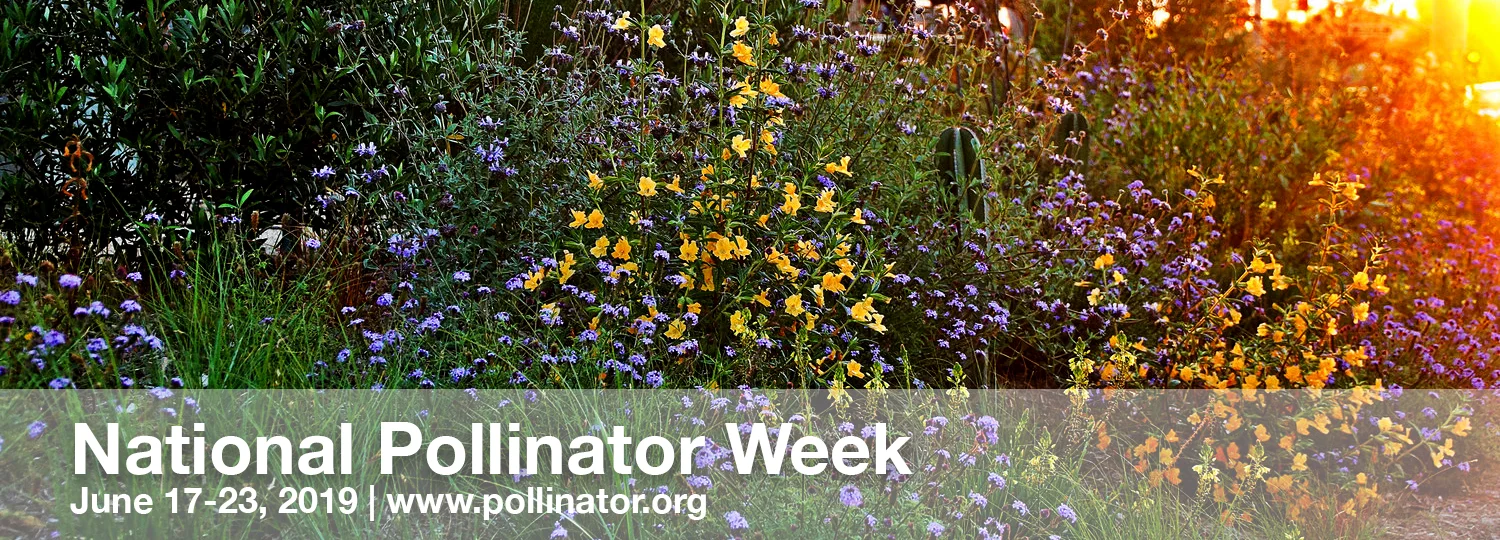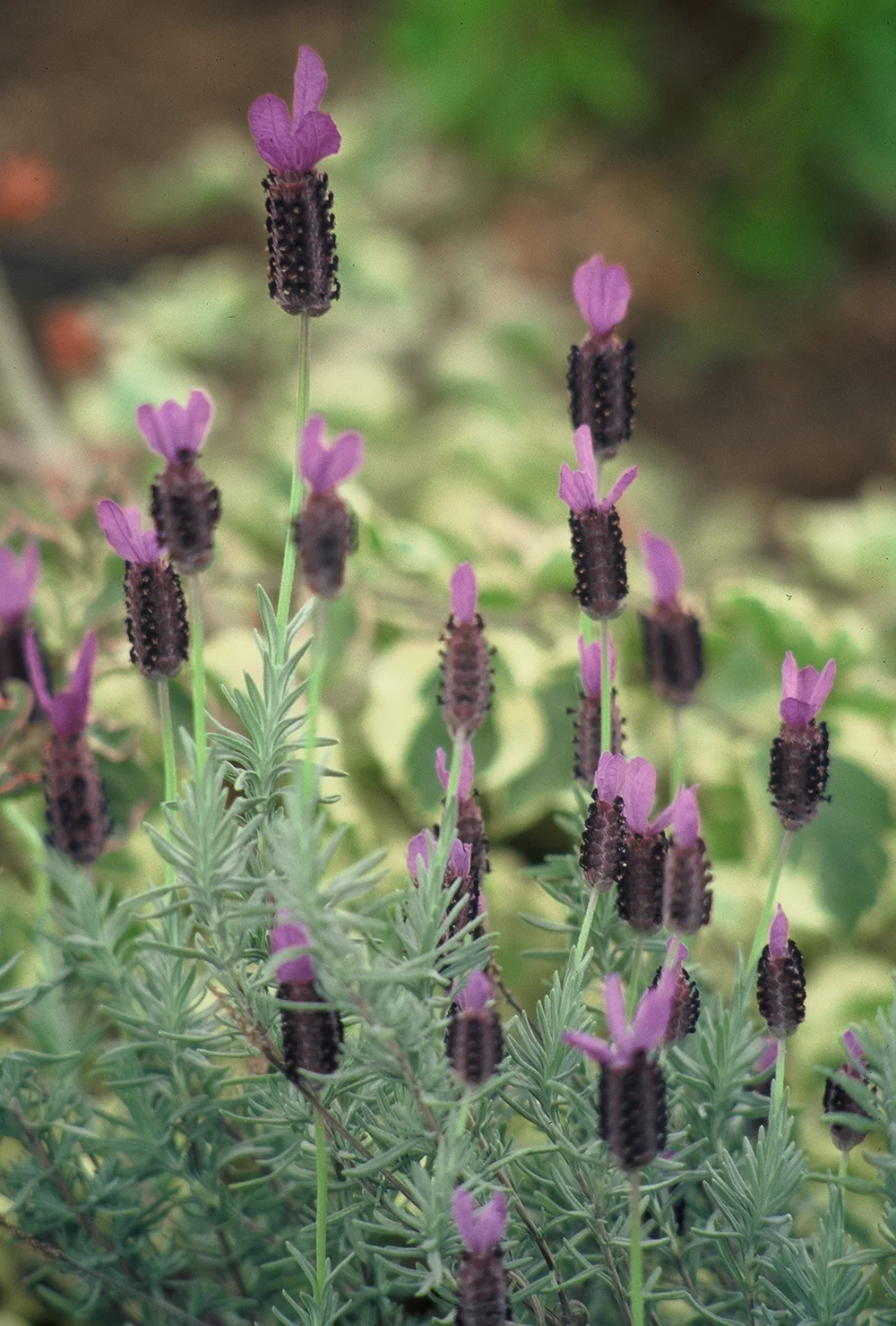Use These Plants in Your Pollinator-Friendly Garden
Allen Chickering (Salvia clevlandii)
It’s National Pollinator Week! The U.S. Senate established the third week of June as National Pollinator Week in 2006. It is a time to celebrate the critical role that pollinators play in the biodiversity of our ecosystem and spread awareness about how we can preserve and nurture pollinator-friendly landscapes.
Which critters are considered pollinators?
Birds, bats, bees, butterflies, beetles and other small mammals, all of which pollinate plants, are considered pollinators and are responsible for sustaining our ecosystems.
“Somewhere between 75% and 95% of all flowering plants on the earth need help with pollination – they need pollinators. Pollinators provide pollination services to over 180,000 different plant species and more than 1200 crops. That means that one out of every three bites of food you eat is there because of pollinators.”
—Pollinator.org
As stewards of the land, we promote pollinator habitats through landscape architecture, conservation and the diverse varieties of flowering and native plants that we use in our designs.
Bring pollinators to your yard by adding some of our favorite pollinator-friendly AND drought-resistant plants to your garden:
Otto Quast (Lavedula stoechas)
Salvia clevlandii ‘Allen Chickering‘
A California native and variety of sage, this plant has aromatic grey-green leaves and brilliant blueish-purple flowers. Flowering occurs for several weeks during early spring, making these plants highly popular with local butterflies, bees and hummingbirds. It is also commonly referred to as Cleveland Sage.Lavedula stoechas ‘Otto Quast‘
Also known as Spanish lavender, the crowned, purple flowers that spring from this plant bloom year-round, making this a pleasantly colorful addition to any Southern California garden. It is low-maintenance and would do well in an area with full sun. The strongest flowering happens between April and August.
Looking for more ways you can contribute? Visit pollinator.org for resources and local events for National Pollinator Week.
Read our Governor’s proclamation →



